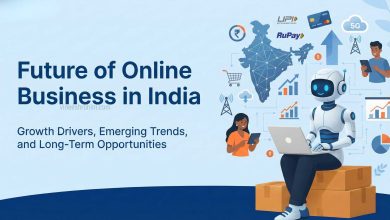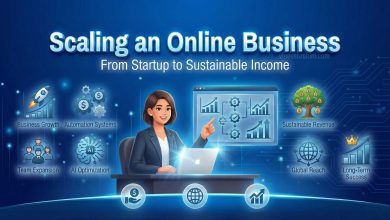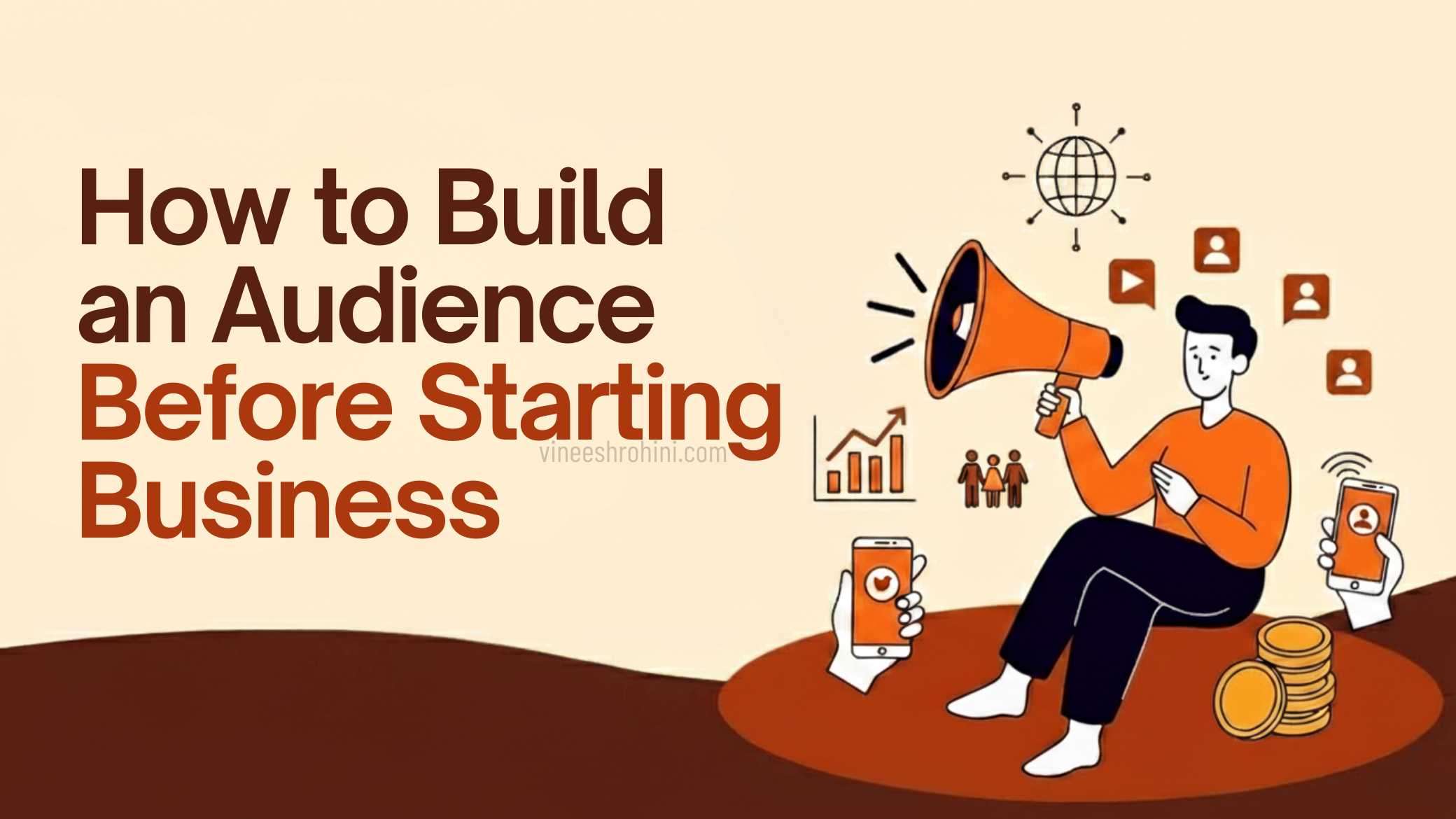How to Build an Email List for Your Online Business : Comprehensive Guide 2025
Email List for Your Online Business : In 2025, building an email list remains one of the most powerful and cost-effective strategies for online business growth. While social media platforms change algorithms and search engine traffic becomes increasingly competitive, an email list gives you direct access to your audience.
Table of Contents
It allows for personalized communication, increases conversions, and creates long-term customer loyalty. This comprehensive guide will walk you through how to build an email list from scratch using modern techniques tailored for 2025’s digital marketing landscape.
Why Email Marketing is Crucial for Online Businesses in 2025
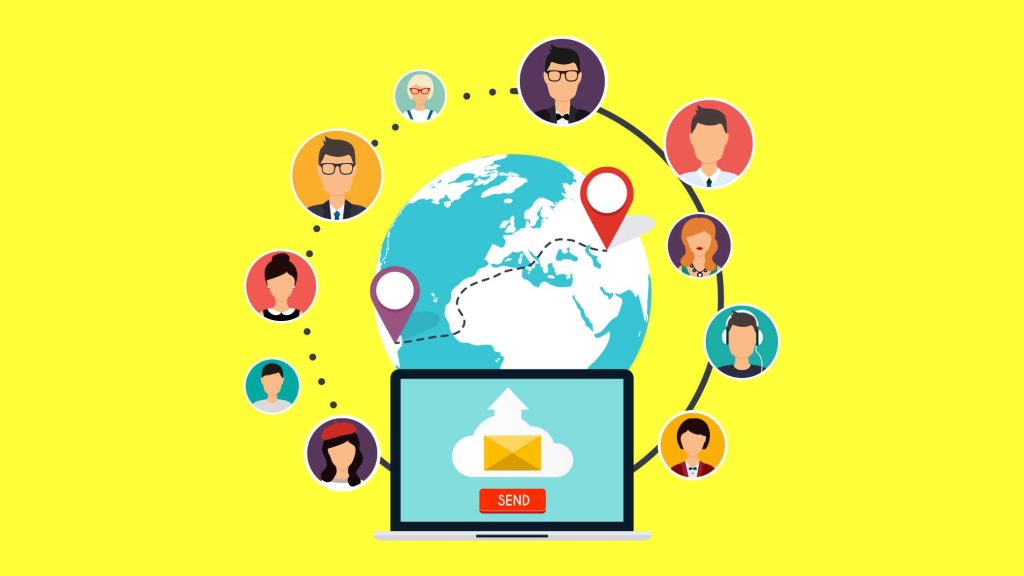
Email marketing remains a cornerstone of digital marketing because it offers unmatched return on investment. In 2025, email marketing averages $44 for every $1 spent, making it more effective than many paid ad strategies. Email also provides control—unlike social platforms, you own your email list. With increasing data privacy concerns and cookie restrictions, first-party data (such as email addresses) is becoming vital. Additionally, emails allow personalized messaging, automation, and segmentation, which boost open rates, click-throughs, and conversions significantly.
Step 1: Identify Your Target Audience
Before you build your email list, identify who you want on it. Understanding your target audience is critical because the quality of your list impacts performance more than its size. Use audience personas that include demographics, interests, challenges, and behavior patterns.
Also Read : How to Use Email Marketing to Increase Sales ?
For example, if you run an e-commerce store for fitness gear, your ideal subscriber might be a 25–40-year-old fitness enthusiast interested in healthy living, workout gear, and wellness tips. Knowing this helps tailor your email content and lead generation strategy.
Step 2: Create an Irresistible Lead Magnet
A lead magnet is a free offer that incentivizes visitors to share their email addresses. In 2025, users are more protective of their data, so your lead magnet must offer real value. Effective lead magnets include eBooks, checklists, exclusive discount codes, free trials, mini-courses, webinars, or resource libraries. The key is relevance. Align your lead magnet with the user’s problem and provide a quick win. For example, an online marketing agency might offer a “Free SEO Audit Checklist for 2025” as a downloadable PDF. Your lead magnet should be simple, useful, and directly connected to the product or service you ultimately want to sell.
Step 3: Build High-Converting Opt-In Forms
Your opt-in form is the tool you use to collect email addresses. A well-designed form improves your conversion rate dramatically. Best practices in 2025 include using short forms (name and email only), a strong call-to-action (CTA), and a mobile-optimized layout. Use clear, benefit-driven CTAs like “Get My Free Guide” instead of generic ones like “Submit.” Place your opt-in forms strategically throughout your website—on your homepage, blog sidebar, footer, within blog posts, and as pop-ups triggered by exit intent or scroll depth. A/B test your opt-in forms regularly to find what performs best with your audience.
Step 4: Use Landing Pages for Lead Capture
Dedicated landing pages outperform regular pages when it comes to capturing leads. These pages are free from distractions and focused entirely on getting the visitor to convert. Your landing page should include a powerful headline, a concise explanation of the offer, a visual (like a product image or preview), testimonials, and a clear CTA. For example, if your lead magnet is a free course, show screenshots of the lessons, a brief curriculum, and testimonials from past users. Use tools like heatmaps and session recordings to understand how users interact with your landing pages and optimize them accordingly.
Step 5: Leverage Content Marketing for Organic Sign-Ups
High-quality content attracts the right audience to your site and encourages them to subscribe. In 2025, content that ranks well is comprehensive, conversational, and optimized for semantic search. Use blog posts, podcasts, YouTube videos, and infographics to provide value and lead naturally into your email sign-up forms. Embed opt-in opportunities within your content, especially blog posts. For instance, if you write an article titled “Top 10 Freelancing Tips in 2025,” you could include a CTA for downloading a free “Freelancer Toolkit” at the end or within the article itself. This approach captures leads from already-engaged visitors.
Step 6: Promote Your List on Social Media
Social media remains a strong channel for promoting your email list. Create short videos, carousels, or reels teasing the benefits of your lead magnet. Use stories to promote exclusive offers and add swipe-up links or link-in-bio tools to direct followers to your opt-in page. Facebook groups, LinkedIn communities, Instagram pages, and Twitter threads are excellent platforms for engaging audiences and directing them to sign-up. In 2025, short-form content dominates, so consider turning your lead magnet into a bite-sized tip series to build trust and drive traffic to your sign-up page.
Step 7: Offer Incentives via Giveaways and Contests
Contests and giveaways are rapid list-building tools when done right. Offer a relevant prize that your ideal customer would want, and require email entry. For example, a SaaS business might give away a 1-year free subscription. Promote the contest through ads, influencer shout-outs, and partner email lists. Ensure the prize is related to your product so the entrants are likely to stay engaged post-giveaway. Always clarify terms and conditions and ensure GDPR and CAN-SPAM compliance when running these events.
Step 8: Use Paid Advertising to Accelerate Growth

Paid ads on platforms like Google, Facebook, Instagram, and YouTube can be highly effective for email list growth. In 2025, ad formats that convert well include lead ads (where users can subscribe directly within the platform), carousel ads promoting a free offer, and video ads that provide quick educational tips followed by a CTA. Target lookalike audiences and retarget site visitors who haven’t subscribed yet. Set up a funnel that begins with an ad, leads to a landing page with a lead magnet, and ends with an email welcome sequence that educates and nurtures the new lead.
Step 9: Create a Compelling Welcome Email Sequence
Once someone subscribes, the first few emails they receive determine whether they stay engaged or not. A strong welcome sequence builds trust, introduces your brand, delivers value, and sets expectations. Typically, a 3-5 email sequence works best. Start with a thank-you email delivering the promised lead magnet, followed by an introduction to your brand story, social proof or testimonials, educational content, and a soft call-to-action to check out your products or services. Personalize the sequence using subscriber data and behavior to improve open rates and engagement.
Step 10: Segment Your Email List for Better Engagement
Not all subscribers are the same. Segmenting your email list allows you to send more targeted and relevant emails. Common segmentation criteria include user interests, purchase history, location, email engagement, and sign-up source. For example, if someone downloads a lead magnet about Instagram marketing, you can place them in a “Social Media” segment and send them related content and offers. Use marketing automation platforms to tag subscribers and trigger email workflows based on their actions.
Step 11: Monitor Performance and Clean Your List Regularly
Email marketing tools offer detailed analytics such as open rate, click rate, bounce rate, and unsubscribe rate. Track these metrics to measure campaign effectiveness and make data-driven decisions. Inactive subscribers can drag down your engagement rate and deliverability. Regularly clean your list by removing or re-engaging cold subscribers through win-back campaigns. If users remain inactive, it’s best to unsubscribe them to keep your list healthy. Focus on engagement over size to ensure your list drives real results.
Step 12: Use Popups and Slide-Ins Wisely

While popups can be annoying, they still work when used correctly. In 2025, AI-powered smart popups that trigger based on user behavior are more effective than random ones. For instance, trigger a popup only when a user scrolls 70% of the page or after 30 seconds. Make sure the popup is visually appealing, offers a clear value proposition, and has an easy exit option. Test different timing, wording, and design to see what works best for your audience.
Step 13: Partner with Influencers and Affiliates
Collaborate with niche influencers or affiliates to promote your lead magnet to their audience. Influencers already have the trust of their followers, making them ideal partners for list growth. Provide them with unique landing pages or coupon codes to track performance. In return, offer commissions, shout-outs, or free access to your services. Joint webinars, guest blog posts, or social media collaborations can bring in high-quality leads who are already interested in what you offer.
Step 14: Integrate Email Capture into Checkout and Customer Portals
For e-commerce businesses, the checkout process is an excellent opportunity to collect emails. Encourage newsletter opt-ins with messaging like “Get exclusive offers and product tips.” For SaaS platforms or membership sites, integrate email capture at the onboarding stage. Use in-app prompts or account settings pages to encourage email sign-ups. Always make opting in voluntary and include consent language to stay compliant.
Step 15: Maintain Compliance and Trust
With regulations like GDPR, CAN-SPAM, and India’s PDP Bill becoming stricter in 2025, it’s essential to obtain explicit consent before sending emails. Be transparent about how you use subscribers’ information. Include clear privacy policies, double opt-ins, and easy unsubscribe options. Respect your subscribers’ preferences and never buy or rent email lists. Trust and transparency are critical for long-term success.
Email List for Your Online Business – Conclusion
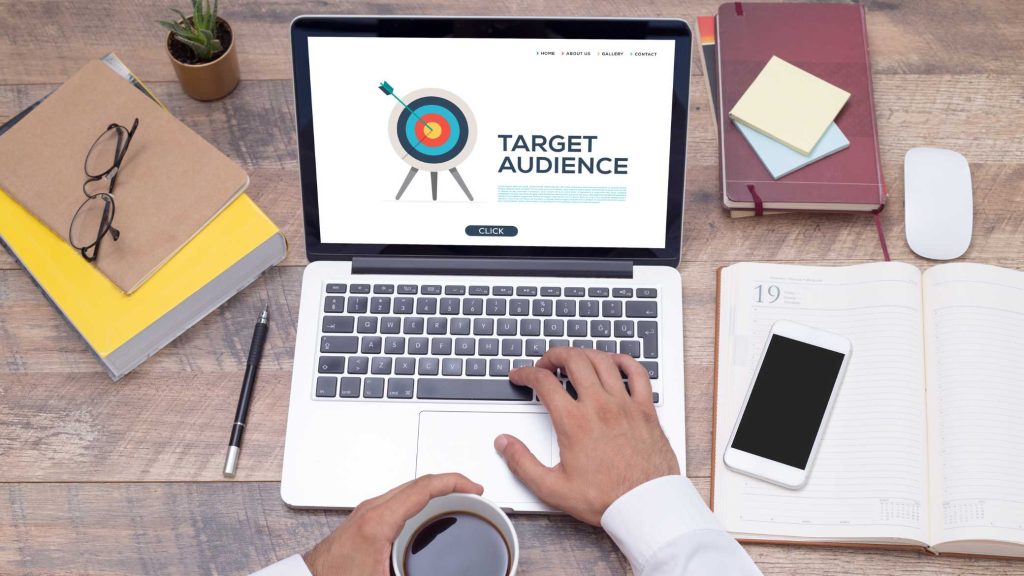
Email list building in 2025 is both an art and a science. It requires a strategic mix of value creation, audience understanding, data-driven testing, and compliance. Whether you’re starting from scratch or looking to scale, following the steps outlined in this guide will help you create a high-converting, engaged, and profitable email list.
Buy Now : Email Marketing Mastery Course
As other channels grow saturated and data privacy becomes tighter, your email list will remain one of your most dependable marketing assets.
Disclaimer : This guide is intended for educational and informational purposes only. It does not constitute professional advice or guarantee results. Every business is different, and results may vary based on strategy, industry, target audience, and execution. Always test and comply with regional data privacy regulations before launching email campaigns.
Keywords : Email List for Your Online Business – Email List for Your Online Business 2025 – Email List for Your Online Business guide , Email List for Your Online Business essay , Email List for Your Online Business and ecommerce
